How Many Times Can You Eat Indian Food In One Week?
Well, for me, this week, it was “as many as you want.” I have blogged about Raja’s Indian Restaurant a number of times, and it’s one of my favorite places in Naha. Praveen, the owner, offered to have as many goodbye dinners as I wanted there, and also offered to put together a big 送別会 (“sayonara party”) involving belly dancers, huge amounts of curry and other tasty morsels and free-flowing drinks for a reasonable price.
So I took him up on it. I have been to Raja’s, umm, well, if I’m going to tell the truth I am pretty sure it has been four times. Good thing I adore Indian food, as well as Raja’s in particular! The big “bye bye party” is scheduled for day after tomorrow, the night before I fly off to Taiwan, with the Azores as my eventual destination.
Bye Bye Dinners (送別食)
Emma and Praveen actually hatched the big farewell party idea, to send me off in style. When they suggested it, I felt so loved, and I still do. I am deeply grateful and appreciative of all the beautiful people I have met here in Okinawa, who have made such a difference in my life.
Emma and I got to discuss cultural appropriation of symbols after Praveen insisted that she wear his hat. As you can tell, she was thrilled that I took her picture in it. He left out the Bindhi this time, so she was spared that level of symbol “theft.”
How Many Shrines Can You Pray At In A One-Day Trip?
I suppose we probably could have done more than five, but we made a good go at it and hit the major highlights. My friend Chico (the laughter yoga instructor) rousted me out of bed early Saturday morning to have an adventure on Kudaka Island (久高島). Kudaka is far and away the most sacred part of Okinawa, with large numbers of shrines and priestesses. I had been to nearby seifa utaki (政府御嶽), but never to the island itself, which is where God is said to live.
On Kudaka, we rented bicycles and meandered from one side of the island to the other. Early in our wandering, we took an unmarked trail which lead us to a gorgeous deserted beach. We played in the ocean and laughed joyously like little kids. We searched for shells, skipped stones and scolded the waves as they crashed over us.
In addition to laughing with the ocean and the four directions and praying to the Gods, Chico and I were reborn. There is a spot on one of the beaches that has a small opening you can just barely walk-crawl through, and Chico said that that spot has great power in facilitating new beginnings and renaissances. So we used it as our pathway to rebirth, and then sang the ocean siren song together.
What. A. Ride.
For lunch, I had sea grapes (海ぶどう) and sashimi served by a grumbly-exterior-but-heart-of-gold local whose Japanese I could barely follow, since she spoke rapidly and mumbled a lot. Thankfully I had Chico to help translate to get me something delicious that did not include red meat, for which I was thankful.
Chico also took me to meet the local shaman and his wife, though I kind of bombed that meeting. I was exhausted by being out in the sun all day and playing in the ocean, and fell asleep within minutes of sitting down on his floor. Nobody seemed to mind, though, and they were absolutely lovely people. They just gently woke me about five minutes before we had to leave so I could be trusted to walk unassisted to the ferry, which took us back to the main island.
On the way back, we met a curious 3-footed goat, an annoyed 3-legged dog, five mostly-shy horses, a friendly 4-footed dog and his tennis ball, and an aloof cat who deigned to let me pet him just a little. We never did find the person we were looking for, but had fun playing with a nearly-random stranger’s animals.
How Many Times Can The Okinawan People Get Screwed Over?
“I ask that you give the Okinawan people special consideration, this day forward.”
-Vice Admiral Minoru Ota (大田), Imperial Japanese Navy
On a serious note, a friend and I visited Kaigungo Park (海軍壕公園) in Tomigusuku (豊見城市), less than 15 minutes from central Naha (那覇市). Kaigungo is where the Japanese Imperial Navy made its last stand against the Americans in World War 2. The underground naval headquarters is where 4,000 Japanese soldiers committed suicide, ending the battle of Okinawa in June, 1945.
Even though it was a holiday (Autumnal Equinox, 秋分の日) We saw less than 20 other people in the monument, where you can walk around in the underground tunnels and feel the desperation impregnated into the walls and read about World War 2’s last days in Okinawa.
Vice Admiral Ota wrote a final telegram to the main Japanese government after seeing the intense suffering undergone by the Okinawan civilians as part of the war effort. In it, he describes how Okinawa will shortly be lost, and that Okinawans (rather than the military) took the brunt of the assault by the Americans. Over 200,000 people died in the battle for Okinawa, and the city of Naha (and most of populated Okinawa) was razed to the ground.
Unfortunately, to this day Okinawans are systematically marginalized and disenfranchised by the Japanese government and the American military bases. Japan wins, and America wins, but Okinawa still loses. What a shame.
It’s no wonder most of the islanders consider themselves Okinawans first, and Japanese a distant second. Okinawa is treated like a bastard child of a black sheep 2nd cousin that Japan never wanted to raise in the first place, but is forced to tolerate, like Harry Potter under the stairs. Special consideration, indeed.
Manko Mangrove (漫湖水島湿地)
After that, we headed out and thoroughly enjoyed the boardwalk. We watched hundreds of crabs duke it out for supremacy among the mud, arguing with lizardish and salamandery animals hopping, crawling and slithering along the muck. We saw some birds, and heard many more, too.
The highlight for me was afterward, though. In a special room off to the side that we hadn’t noticed on our first tour inside, they had some more educational displays, including a huge light-up earth globe that spins.
I WANT ONE.
Then again, the damn thing is bigger than my entire luggage combined, so it’s probably not a great idea, but then, a girl can dream, can’t she?
Samantha

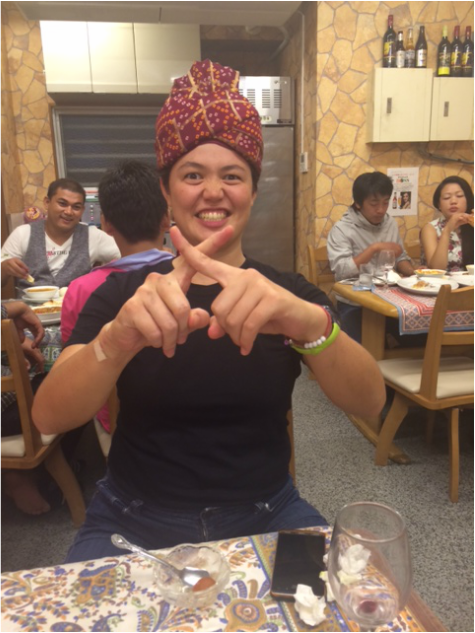
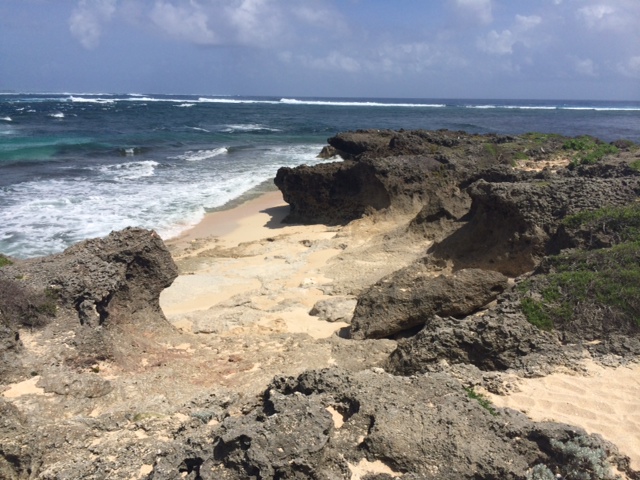
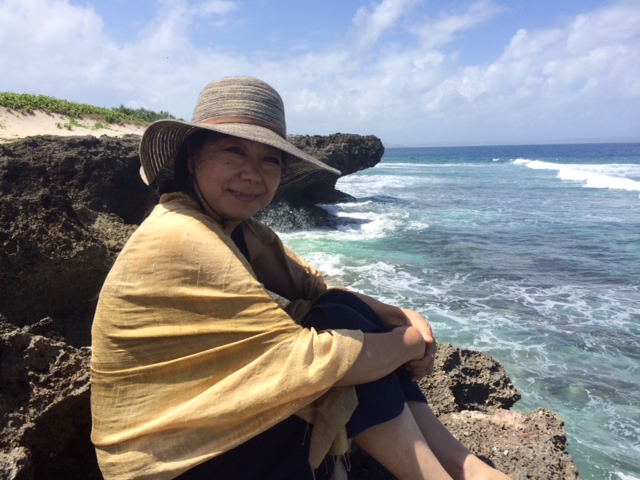

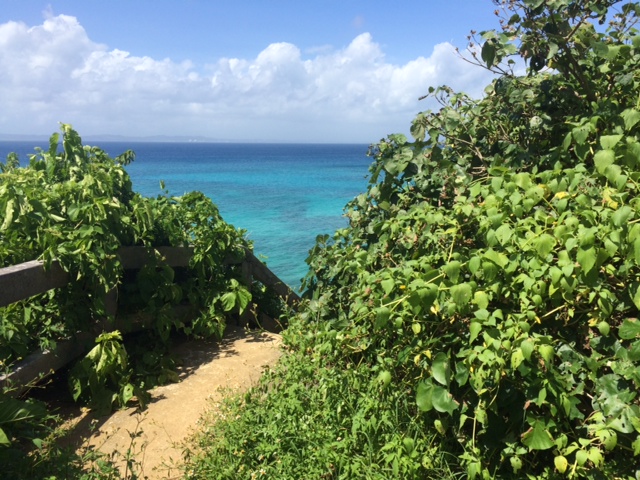
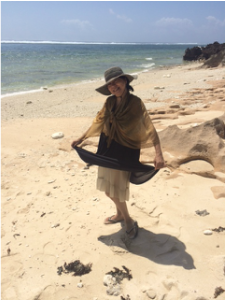
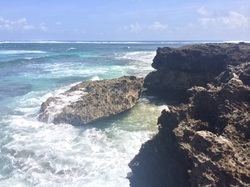
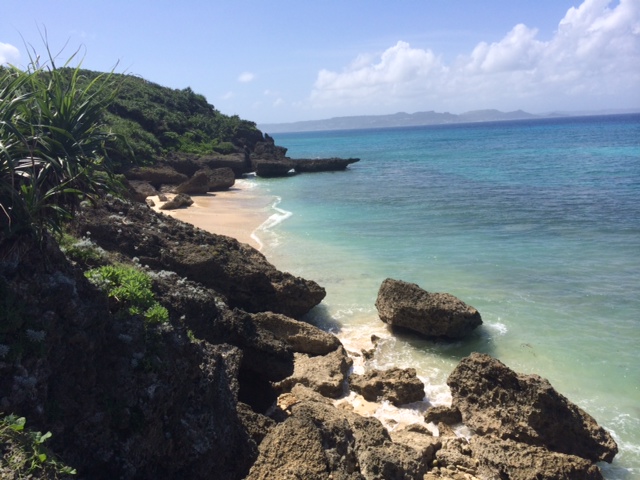
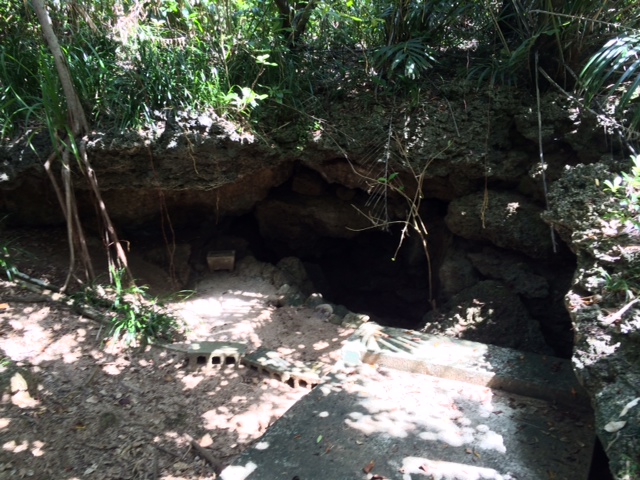
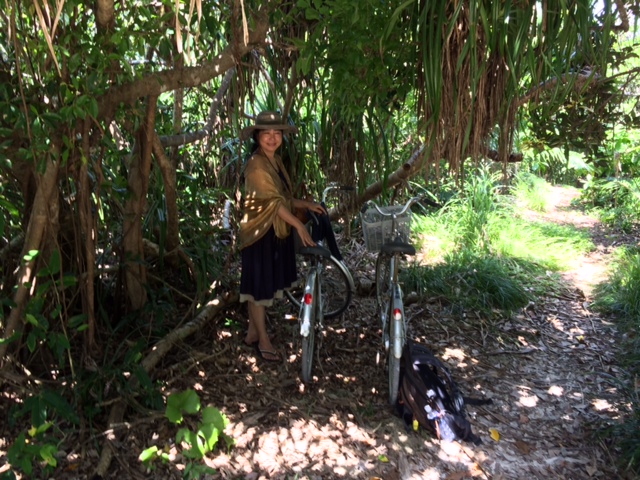
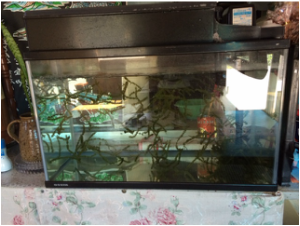
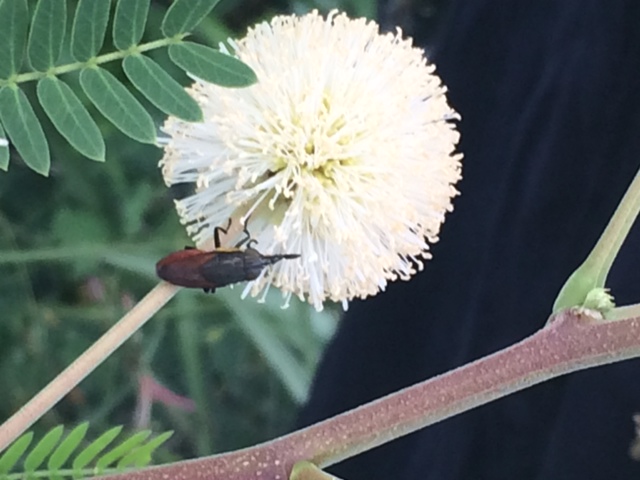
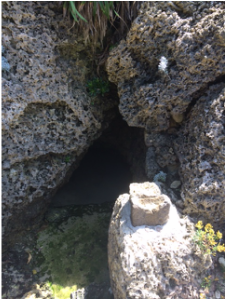
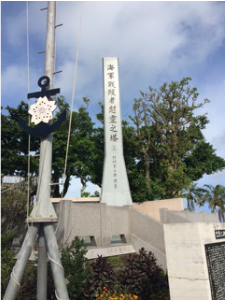
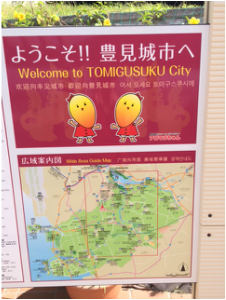
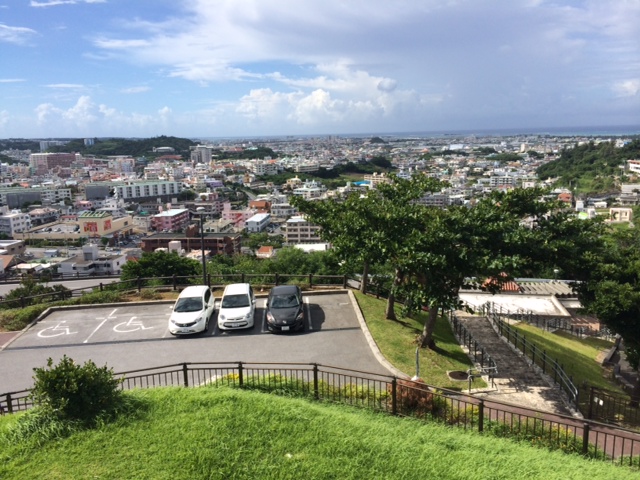
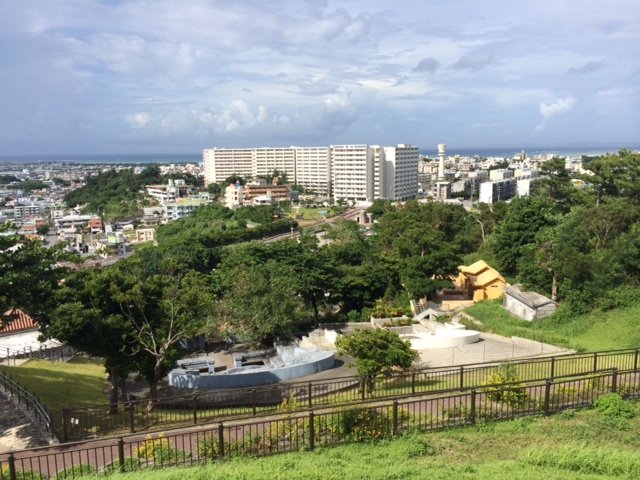
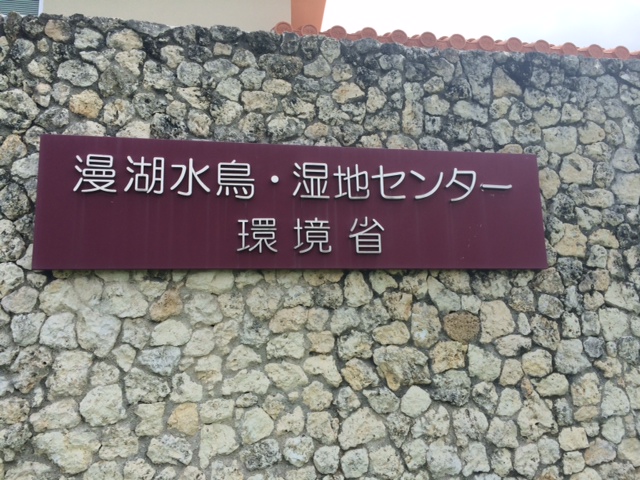

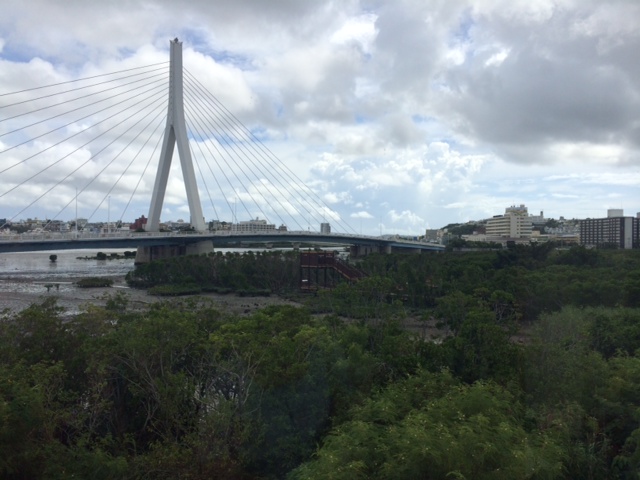
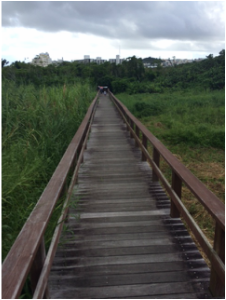
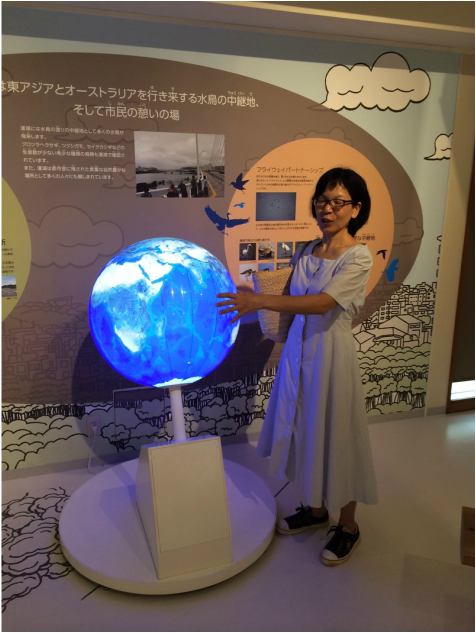
 RSS Feed
RSS Feed